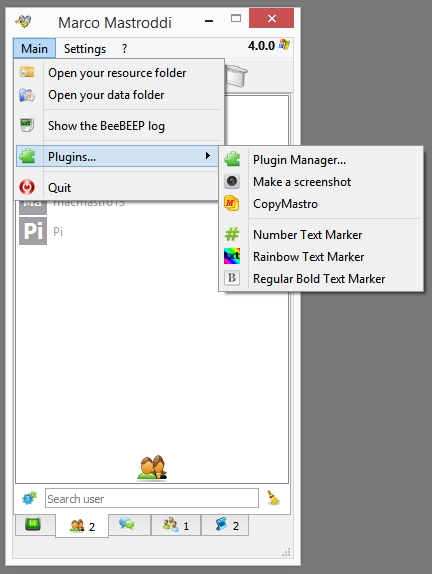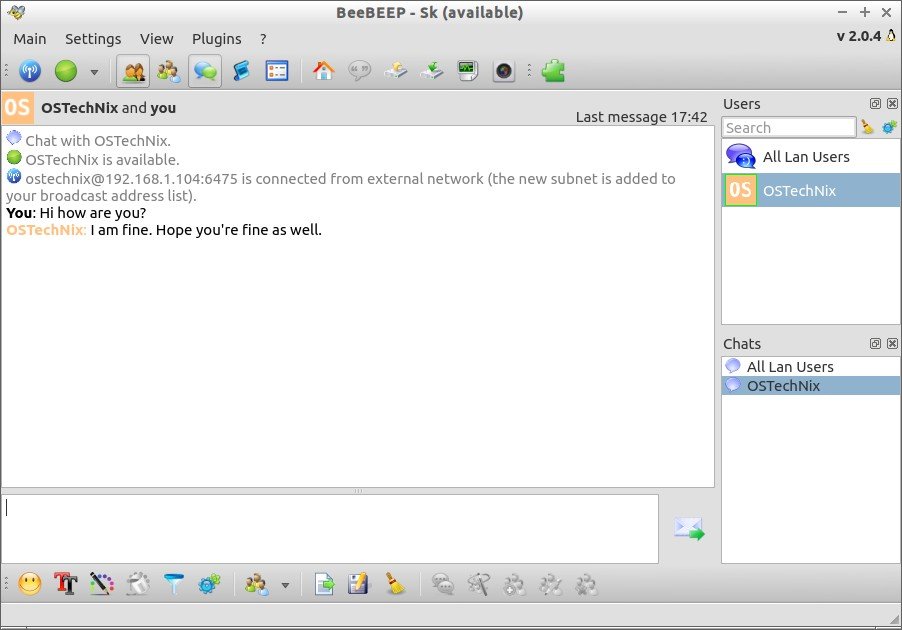
All you need to do is the following: (please refer to the video for a detailed walkthrough) My GitHub repo for this tutorial contains the notebook file named model_train_upload_workflow.ipynb to get you started. Instead of training from scratch, we will load Microsoft's pre-trained GPT, DialoGPT-small, and fine-tune it using our dataset. Under the hood, our model will be a Generative Pre-trained Transfomer (GPT), the most popular language model these days.
#Beebeep python bot how to#
Try it out on this Python regex website yourself! How to Train the Model Using a regular expression like (+): (.+), we can extract out the two columns of interest, character name, and dialogue line. For example, check out this Peppa Pig transcript. A great place to look for transcripts is Transcript Wiki. We can create datasets from raw transcripts.

#Beebeep python bot movie#
Example dataset: Harry Potter movie transcript Can't Find Your Favorite Character on Kaggle?Ĭan't find your favorite character on Kaggle? No worries. We only need two columns from these datasets: character name and dialogue line.
#Beebeep python bot tv#
There are a lot of interesting datasets on Kaggle for popular cartoons, TV shows, and other media. This is essentially how our chatbot is going to respond to different exchanges and contexts. How to Prepare the Dataįor our chatbot to learn to converse, we need text data in the form of dialogues. To learn more about how to build Discord bots, you may also find these two freeCodeCamp posts useful – there's a Python version and a JavaScript version.

I'm honestly surprised by how popular it became – there were 5.9k views of my previous tutorial, plus, when I deployed my bot to a 1k+ user server, people flooded it with 300+ messages in an hour, effectively crashing the bot. My chatbot project started as a joke with a friend when we were playing video games. Here is an example of the Discord AI chatbot that we will have built by the end of this tutorial. If you want, you can dive right into my video tutorial on YouTube – or read on for more details.


 0 kommentar(er)
0 kommentar(er)
